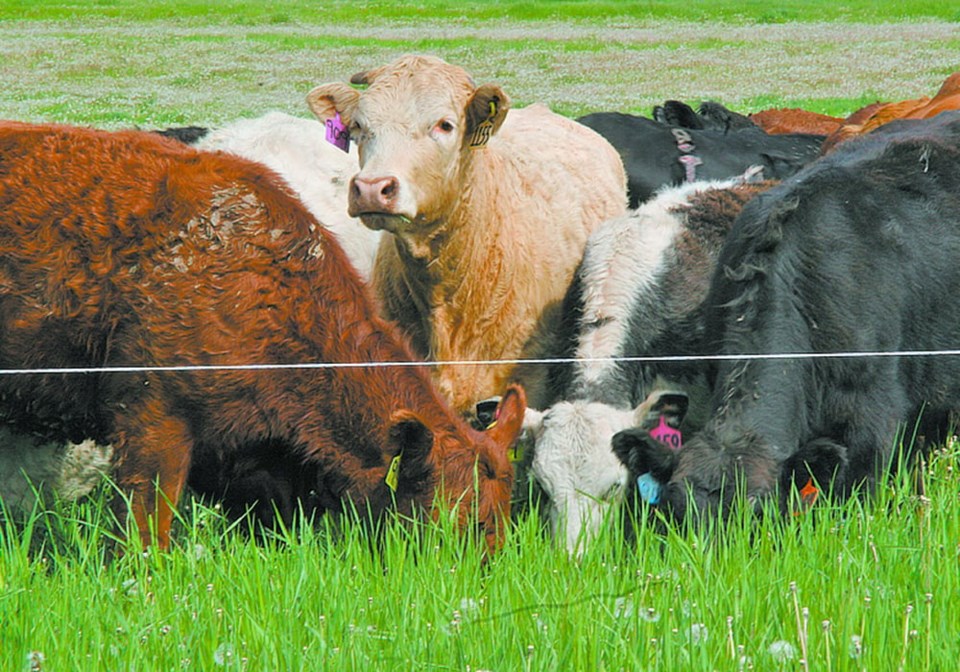WESTERN PRODUCER — Yes, rotational grazing can reduce the weight gain of individual livestock, says a specialist in rangeland ecology and management at the University of Alberta, but there are other benefits that may outweigh the lower gains per animal.
“If you take a large area and sub-divide it into many paddocks, you are forcing more uniform distribution (of cattle) and (more) utilization of the entire landscape,” said Edward Bork, a professor in the university’s agriculture, food and nutritional science department.
“But because you’re forcing those animals to consume lower quality material, potentially … you are going to lower their individual animal weight gain.”
In contrast, if cattle are free to wander the pasture, they will choose the best and most nutritious forage that’s available.
“If you have large paddocks and … animals can go wherever they want (and) pick the choicest plants … they’re going to maximize their individual animal weight gain,” Bork added.
“There are many, many studies, globally, that show this.”
Bork was responding to the findings of a U.S. Department of Agriculture study in northern Colorado that compared rotational grazing to continuous grazing of pasture. USDA researchers have concluded that steers in continuous grazing gained 14 per cent more weight than steers in a rotational system.
However, the conditions at the USDA experimental farm in Colorado are much different than the climate in Western Canada, Bork said.
“The regions they’re testing (are) even more arid than what you find in southwestern Saskatchewan…. What (the USDA) is testing down there is very arid, low-rainfall, early-growing pastures that shut down in the latter part of June,” he said.
“We have to be really careful in saying the exact results (from Colorado) … are going to apply in our environment. There are benefits that we will see that they may not necessarily see.”
Hushton Block, an Agriculture Canada researcher in Lethbridge, said in an email that the decrease in individual weight gain is “generally countered by increasing the gain per acre.”
In other words, ranchers can graze more cattle on the pasture and produce more beef per acre.
“This is why it is important to consider/control for differences in stocking rate when comparing grazing systems.”
It’s also important to consider climate.
In parts of the Prairies with more rainfall, such as the massive Parkland region that stretches from Winnipeg to Edmonton, pasture regrowth can be rapid and vigorous during the summer.
Those conditions are optimal for rotational grazing.
“In those environments, many producers have figured out they can implement these rotational systems and have a higher net overall stocking rate. Some producers have argued they can double their stocking,” Bork said.
“I wouldn’t go that far, but even if a producer can get 10 to 20 per cent more … that means you’re going to sell an extra 20 per cent more calves at the end of the year.”
Another consideration is that producers can change and adapt rotational grazing to fit their farm and the growing conditions, said Mae Elsinger, a rangeland biologist with Agriculture Canada in Brandon.
“You can vary the duration of grazing, which may be related to the amount of the vegetation taken and also the selectivity . You can delay grazing of certain pastures and graze others sooner, depending on how healthy they look,” she said.




